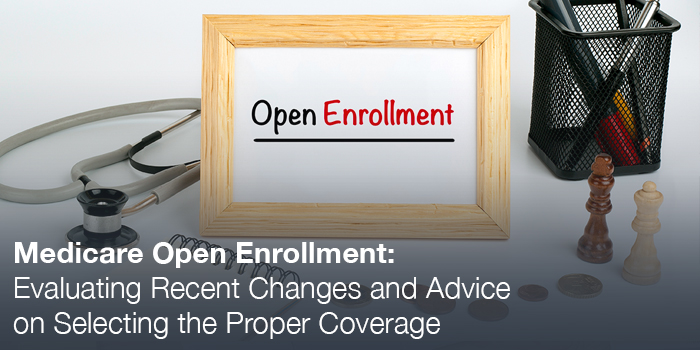Contributed by: Jaclyn Jackson
This post was written in December 2015 as a helpful reminder of things you can do to strengthen your finances and get things in order for the upcoming year. Many of the tips are still useful, but I’ve updated to reflect potential policy changes in 2017.
Harvest your losses – Tax-loss harvesting generates losses that can be used to reduce current taxes while maintaining your asset allocation. Take advantage of this method by selling the investments that are trading at a significant loss and replacing it with a similar investment. In light of potential 2017 tax cuts, it is also important to consider whether you may land in a lower tax bracket. If that is the case, postpone realizing capital gains and losses until next year.
Taking Advantage of Deductions – If marginal tax rates decrease significantly in 2017, now is a great time to get the most “bang for your buck” from deductions. In other words, consider paying medical expenses, real property taxes, fourth quarter state income taxes, or your January mortgage this month instead.
Max out contributions – While you have until you file your tax return, it may be easier to take some of your end-of-year bonus to max out your annual retirement contribution. Traditional and Roth IRAs allow you to contribute $5,500 each year (with an additional $1,000 for people over age 50). You can contribute up to $18,000 for 401(k)s, 403(b)s, and 457 plans.
Take RMDs – Don’t forget to take the required minimum distribution (RMD) from your IRA. The penalty for not taking your RMD on time is a 50% tax on what should have been distributed. RMDs should be taken annually starting the year following the year you reach 70 ½ years of age.
Rebalance your portfolio – It is important to rebalance your portfolio periodically to make sure you are not overweight an asset class that has outperformed over the course of the year. This helps maintain the investment objective best suited for you.
Use up FSA money - If you haven’t depleted the money in your flexible spending account (FSA) for healthcare expenses, now is the time to squeeze in those annual check-ups. Some plan sponsors allow employees to roll over up to $500 of unused amounts, but that is not always the case (check with your employer to see if that option is available to you).
Donate to a charity – Instead of cash, consider donating highly appreciated securities to avoid paying capital gains tax. Typically, there is no tax to you once the security is transferred and there is no tax to the charity once they sell the security. If you’re not sure where you want to donate, a Donor Advised Fund is a great option. By gifting to a Donor Advised Fund, you could get a tax deduction this year and distribute the funds to a charity later. Again, considering the possibility of decreased marginal tax rates in 2017, you may be better off moving your 2017 contributions into 2016.
Review your credit score – With all of the money transactions done during the holiday season, it makes sense to review your credit score at the end of the year. You can go to annualcreditreport.com to request a free credit report from the three nationwide credit reporting agencies: Equifax, Experian, and TransUnion. Requesting one of the reports every four months will help you keep a pulse on your credit status throughout the year.
Bonus: If there have been changes to your family (new baby, marriage, divorce, or death), consider these bonus tips:
Adjust your tax withholds
Review insurance coverage
Update financial goals, emergency funds, and budget
Review beneficiaries on estate planning documents, retirement accounts, and insurance policies.
Start a 529 plan
Jaclyn Jackson is a Portfolio Administrator and Financial Associate at Center for Financial Planning, Inc.®
This material is being provided for information purposes only and is not a complete description, nor is it a recommendation. The information has been obtained from sources considered to be reliable, but we do not guarantee that the foregoing material is accurate or complete. Any opinions are those of Jaclyn Jackson and not necessarily those of Raymond James. Investing involves risk and you may incur a profit or loss regardless of strategy selected. RMD's are generally subject to federal income tax and may be subject to state taxes. Consult your tax advisor to assess your situation. Links are being provided for information purposes only. Raymond James is not affiliated with and does not endorse, authorize or sponsor any of the listed websites or their respective sponsors. Raymond James is not responsible for the content of any website or the collection or use of information regarding any website's users and/or members. Raymond James and its advisors do not offer tax or legal advice. You should discuss any tax or legal matters with the appropriate professional. Rebalancing a non-retirement account could be a taxable event that may increase your tax liability.
















